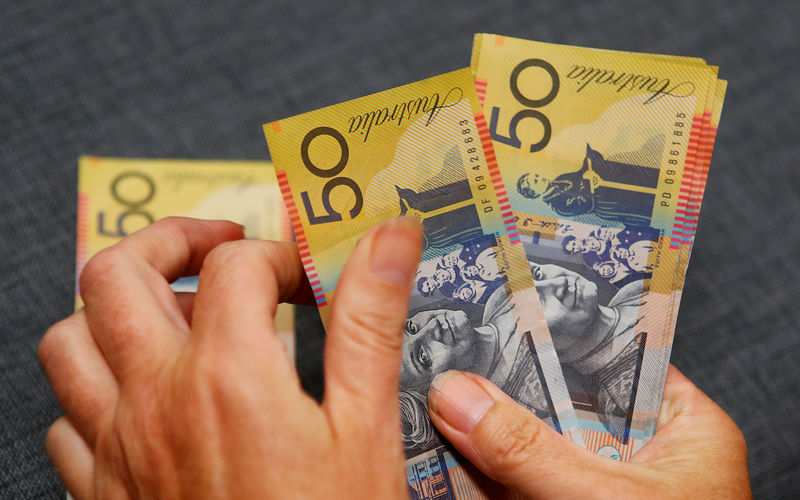Dimon says U.S. stocks facing higher risk of a serious fall - BBC
Investing.com-- Australian consumer price index inflation grew more than expected in May amid heady housing and food costs, with the data brewing more concerns that the Reserve Bank of Australia will remain hawkish.
CPI rose 4% in May, data from the Australian Bureau of Statistics showed on Wednesday. The reading was higher than expectations of 3.8% and accelerated from the 3.6% seen in the prior month.
Excluding volatile items such as fuel, fresh food prices and holiday spending, core CPI inflation eased slightly to 4% in May from the 4.1% seen in April. But the CPI print remained comfortably above the RBA’s 2% to 3% annual target, also sparking some doubts over whether it will come back within the target this year, as forecast by the central bank.
Housing costs were the biggest contributor to the higher CPI print, as limited supply and high mortgage rates factored into higher rents. High housing costs, coupled with increasing food prices also largely offset a monthly fall in fuel prices.
Wednesday’s reading comes amid growing conviction that sticky inflation will see the RBA keep interest rates high for longer. While the central bank has tempered its language with regards to potential rate hikes, more increases in inflation could see the bank adopt a more hawkish stance.
RBA Assistant Governor Christopher Kent said the bank still needed to be vigilant against more potential upside in inflation. His comments came after the RBA kept interest rates steady last week, but offered up a more hawkish stance in the face of sticky inflation.
Analysts broadly expect the RBA to only begin cutting interest rates in 2025.
"Today’s result may make the RBA a little nervous, as it increases the risk that Q2 CPI will overshoot the RBA’s forecasts. If this occurred alongside upward revisions to the RBA’s expectations for activity and labour market data, the RBA could lift the cash rate, although a rate hike is not our base case, analysts at ANZ wrote in a note.
Australia’s ASX 200 stock benchmark slid 1% after the inflation reading, while the Australian dollar’s AUDUSD pair shot up nearly 0.4%.
